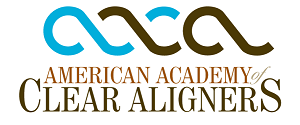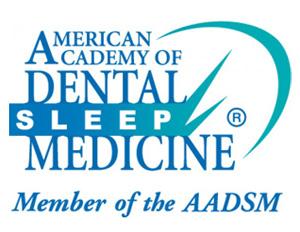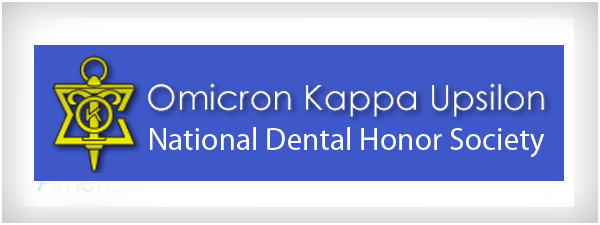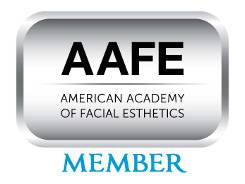Dental Sleep Apnea Treatment: CPAP vs. COAT Therapy

Up to 22 million people in the United States suffer from sleep apnea, according to the American Sleep Apnea Association. Untreated sleep apnea has symptoms such as morning headaches, difficulty concentrating, irritability and daytime drowsiness. Patients suffering from sleep apnea can be treated with oral device therapy or CPAP machines. In this article, you will learn more about how an oral device called Continuous Open Airway Therapy (COAT) compares to CPAP therapy.
Benefits of sleep apnea treatment
Sleep apnea can affect a person’s life and health in many ways. Health consequences of sleep apnea include high blood pressure, diabetes, weight gain, heart disease and acid reflux. By seeking treatments through oral devices or CPAP machines, patients can minimize the risk of health problems and the devastating consequences.
Overview of COAT
Continuous Open Airway Therapy (COAT) is a sleep apnea oral appliance from SomnoMed. This device, like other oral devices, works by moving the mandible forward. This opens the air passages, removing the restriction of airflow that causes obstructive sleep apnea and snoring.
COAT is an alternative treatment to CPAP and can be combined with conservative treatments like weight loss if the patient is overweight. The device is usually recommended after the dentist evaluates the patient's medical and dental history.
Many people prefer the option because of comfort, convenience of travel, easy maintenance and silent operation. Most times, dental professionals suggest oral appliances like COAT as the first line of treatment for people dealing with mild to moderate sleep apnea.
CPAP machines for sleep apnea
A Continuous Positive Airway Pressure (CPAP) device involves a tube and a mask worn over the nose or mouth to deliver air through an obstructed airway. Although it is a highly effective treatment for obstructive sleep apnea, many patients avoid using them due to the inconvenience of wearing the mask and the noise that the device makes. However, patients who use the device consistently notice an improvement in sleep quality and overall health.
CPAP or COAT
For those with severe sleep apnea, the CPAP machine may be the only solution they have. However, both CPAP and COAT appliances are effective for mild to severe cases of sleep apnea.
If a patient has been diagnosed with sleep apnea by a medical professional, the dentist can start by examining their oral structure to determine the best course of treatment. Patients looking for a comfortable treatment for their condition can discuss it with the general dentist. By using non-surgical treatments like COAT, dental professionals can help their patients sleep better and enjoy higher quality of life.
The COAT device is more comfortable to use than the CPAP machine and with the same functions. Therefore, there is a higher compliance rate with COAT than the CPAP device. Most patients report a significant reduction in sleep apnea symptoms within a day or two of using the oral device.
In conclusion
If you have sleep apnea, you should seek help from a dentist who is a Diplomate of American Board of Dental Sleep Medicine.
Request an appointment here: https://artisandentalbellevue.com or call Artisan Dental at (425) 454-2005 for an appointment in our Bellevue office.
Check out what others are saying about our services on Google: Read our Google reviews.
Related Posts
A smile makeover can address a wide range of potential visual defects and blemishes in the smile, from stains and chips to gaps between the teeth. However, bite correction is not something that most people know is part of a smile makeover. The good news is that revitalizing your smile does not have to exclude…
Sometimes, it takes more than one procedure to get the smile of your dreams. A dental provider can create a custom plan called a smile makeover to enhance different aspects of your smile. It is best to ask a provider if a smile makeover is right for you, as they can give personalized professional advice.…
A smile makeover can transform your looks and dental function. This is a collection of treatments that you can get for one or more appointments. Understanding how each one works can help you make informed decisions on treatment day. Here are the common smile makeover procedures that you should consider.These are custom-fit shells that cover…
It is possible to enhance the overall appearance of a patient’s smile through a unique combination of cosmetic dental procedures. This is known as a smile makeover. Dental providers make these treatment plans custom to each patient. Here is what to expect at every step of a smile makeover, from design to execution.A smile makeover…









